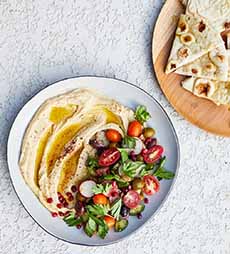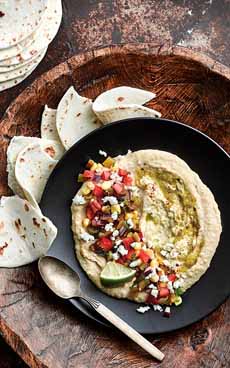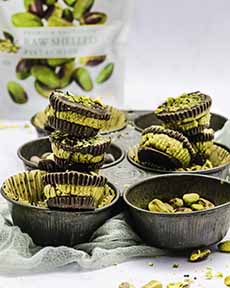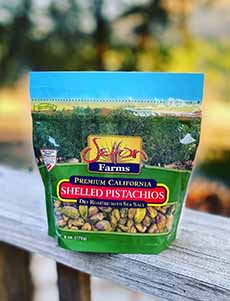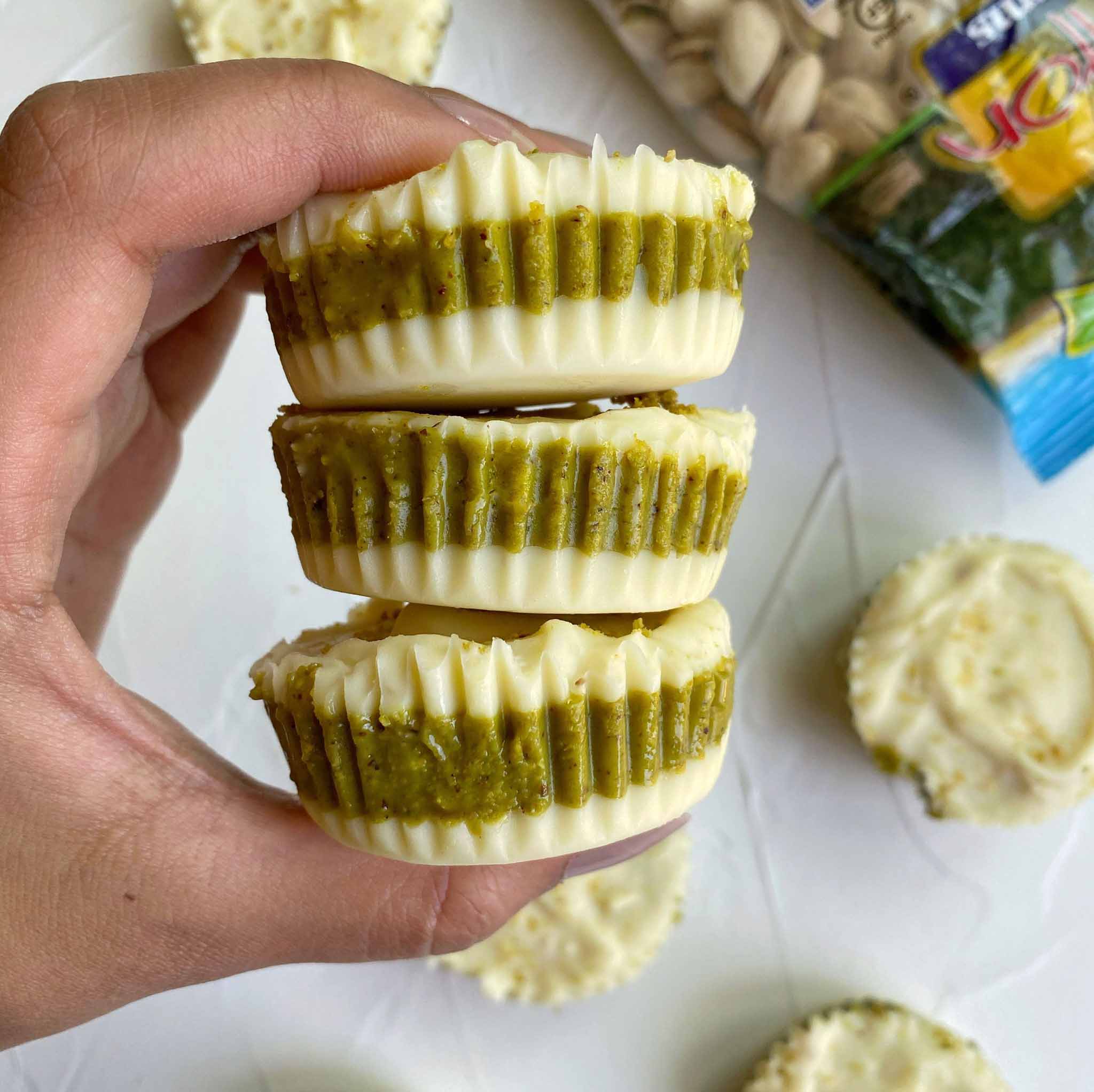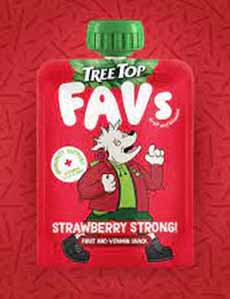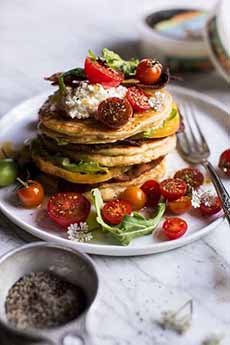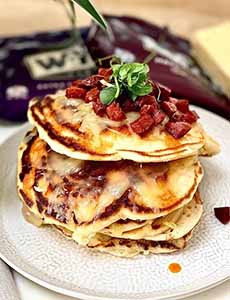|
For National Muffin Day, February 20th, how cute is this muffin-in-a-jar? Even more, it’s tempting and with the first spoonful, you’ll be happy to have discovered this recipe.
In addition to dessert, we love these for a tea party.
After you try the recipe, you can subsequently vary the flavors of the muffins, jam, and whipped cream for future versions.
RECIPE: POPPYSEED & ORANGE MUFFINS IN A JAR
This recipe, developed in the U.K., refers to the recipe as “tea cakes” instead of muffins. Nevertheless, they are muffin, made in a muffin/cupcake pan.
Food 101:
In most of England, a tea cake (or teacake) is a light, sweet, yeast-based bun containing dried fruits, most usually currants, sultanas, or peel. The cake is typically split, toasted, buttered, and served with tea.
Its relative, the crumpet, is the father of the English muffin: savory, typically flat and round, made from batter and yeast, and containing many small holes. It is served toasted, usually with butter. Unlike the American-invented† English muffin, it is not split in half.
For this recipe, you’ll need a cupcake/muffin pan and eight 8-ounce/220ml mason jars or other lidded jars.
Thanks to Hero for the recipe.
Prep time is 20 minutes, and cook time is 20 minutes.
Ingredients For 8 Servings
For The Black Tea Syrup
100 g/3.5 ounces sugar
100 g/3.5 ounces water
2 black tea bags or equivalent loose tea leaves (substitute herbal tea of choice)
For The Muffins
170 g/6 ounces flour
10 g baking powder
4 large eggs
170 g/6 ounces superfine* sugar
170 g/6 ounces butter
120 g/4.2 ounces orange juice
Zest of 2 oranges
15 g/.5 ounce poppy seeds
For The Raspberry Whipped Cream
400 g/14 ounces ultra-pasteurized cream (UHT cream), cold
100 g/3.5 ounces Hero raspberry jam (or flavor of choice)
For Layering
240 g/8.5 ounces Hero raspberry jam (or flavor of choice)
Preparation
1. MAKE the black tea syrup: In a saucepan combine the sugar and water and bring to a boil. Remove from the heat, add the tea, cover with a lid, and infuse for 5 minutes. Strain and refrigerate.
2. MAKE the muffins: Preheat the oven to 350°F.180°C. Sift the flour and baking powder together.
3. COMBINE the egg yolks and 5 ounces/140g sugar in a mixing bowl and whisk until creamy and fluffy. Add the butter, orange juice, orange zest, flour mixture, and poppy seeds. Mix well.
4. BEAT the egg whites over high speed in another mixing bowl. Gradually sprinkle in the sugar (30g) . Beat to the hard peak stage.
5. ADD half the egg white mixture to the yolk mixture and mix until well combined. Fold in the remaining half with a spatula.
6. ADD to a piping bag for easier handling. Fill the cupcake/muffin molds 3 inches high. Bake for 20 to 25 minutes.
7. MAKE the raspberry cream: In an electric mixing bowl, combine the cream and raspberry jam. Mix with the whisk attachment on high speed to the hard peak stage. Transfer to a piping bag.
8. ASSEMBLE. Cut each muffin into 3 equal parts and trim them to fit into the jar. With a brush, moisten the top of each muffin slice with black tea syrup.
9. PLACE the first muffin slice into the jars. Pipe in a layer of raspberry cream, and top with a layer of jam. Repeat the layering until the jar is full.
10. COVER and keep refrigerated until ready to serve.
________________
*You can pulse regular table sugar in a food processor to create superfine sugar.
†It was invented by Samuel Bath Thomas, a Brit who had emigrated to New York City. The history of the English muffin.
|
|
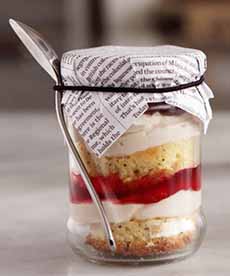
[1] This recipe turns muffins into a yummy dessert (photo © Hero Foodservice).
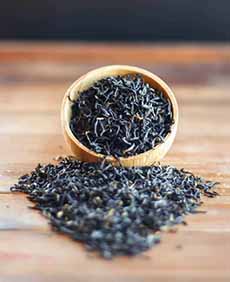
[2] Black tea leaves. You can use tea bags instead (photo © Fava Tea).
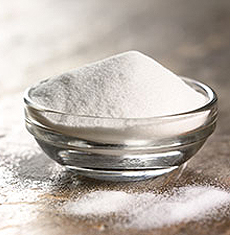
[3] Superfine sugar (photo © King Arthur Baking).
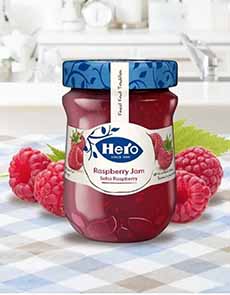
[4] Hero raspberry jam (photo © Indiamart).
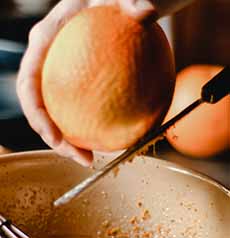
[5] Zesting an orange (photo © Eva Elijas | Pexels).
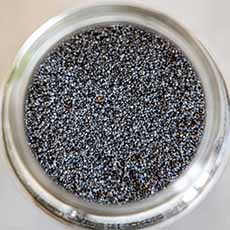
[6] Poppy seeds, also spelled poppyseeds (photo © Castorly Stock | Pexels).
|
